Health Care > EXAM > HLTH 1030 Knowledge Questions And Answers (HLTAAP002) (All)
HLTH 1030 Knowledge Questions And Answers (HLTAAP002)
Document Content and Description Below
HLTH 1030 Knowledge Questions And Answers (HLTAAP002)1. Briefly describe the overall structure and functions of the following components of the human body. a) Overall structure and functions of a hu... man cell: Structure: Cell is the tiniest living units of structures and functions in the body (EQUALS International 2020, HLTAAP002Powerpoint No. 12). Cell comprises of three components, namely, cell membrane, the nucleus and the cytoplasm. The outside structure of the cell comprises of a cell membrane that is semi-penetrable in nature which permits simply exacting data to move in just as move out from the cell. The nucleus is the control centre of the cell which is made up of a nuclear membrane and it shapes the function of the cell and the fundamental structure of that cell. Cytoplasm is the means for the chemical reaction which is gel- like liquid inside the cell. It offers a surface on which other organelles can function within the cell. Mitochondrion, endoplasmic reticulum, ribosomes, lysosomes and golgi apparatus are some of the examples of cytoplasmic organelles (National Cancer Institute – SEER Training Modules n.d.). Functions: Cell gives structure to the body and get supplements from food and transform those supplements into energy which will help completing different capacities. All the organelles in the cell work in harmony to keep the cell alive and each of the cell needs to do the specific function. The general functions of the cell incorporate movement of substances through the cell membrane which embrace osmosis, diffusion, endocytosis, purification and exocytosis, DNA replication and protein synthesis and the division of the cell to form new cells for growth, repair and substitution in the body (National Cancer Institute – SEER Training Modules n.d.). b) Overall structure and functions of skeletal muscle tissue: Structure: Skeletal muscle tissue is called voluntary muscle (EQUALS International 2020, HLTAAP002Powerpoint No. 108). Skeletal muscle tissue comprises of groups of cells consolidated to create muscle filaments. Each skeletal muscle is in fact made up of muscle filaments enclosed by the covering of connective muscle tissue. Every muscle is enclosed by a cover of connective tissue alluded to as epimysium. Parts of epimysium plan inward to disseminate the muscle into compartments each of which comprises of a collection of muscle fibres named as fasciculus which is enclosed by a bed of connective tissue known as the perimysium. Each individual muscle fibre within the fasciculus is encircled by a delicate connective tissue alluded as endomysium. Skeletal muscle cell is soft and frail in nature (National Cancer Institute – SEER Training Modules n.d.). Functions: The essential functions of the skeletal muscle take place through its inherent excitation-compression connection measure. As the muscle is appended deep down ligaments, the constriction of the muscle stimulates development of that bone that considers the presentation of obvious developments. The skeletal muscle additionally provides shape to the body and assists in keeping up the posture of the body. The skeletal muscle likewise assumes a crucial part in maintaining thermostasis and acts as the source of energy during starvation (Dave, Shook & Varacallo, 2020). 2. Briefly describe the following four (4) major types of cellular adaptation. a) Hyperplasia: Hyperplasia is an enlargement in the quantity of cells of an organ or tissue, which may then have expanded volume (EQUALS International 2020, HLTAAP002Powerpoint No. 139). b) Hypertrophy: Hypertrophy is the growth in the components of cells and with the change, a development on the size of the organ. c) Atrophy: Atrophy is an acquired loss in the size because of decrease of cell size or much number of parenchyma cells of an organ. For example, from loss of nerve supply (EQUALS International 2020, HLTAAP002Powerpoint No. 139). d) Metaplasia: Metaplasia is the transition from one normal adult cell type to another normal adult cell type, e.g., transition from squamous to glandular cells and vice versa (King 2007). 3. Briefly describe the following life processes in your own words. a) Organization: The degree of existing living things is masterminded from the easiest to the most unpredictable, for example, cells, tissues, organs, organisms, organ framework, populace, networks, biosphere and environment. Every part has own must act in participation with others. Indeed, even a solitary cell, on the off chance that it loses its honesty or association, will die (National Cancer Institute – SEER Training Modules n.d.). b) Processes of metabolism: The errands of separating the food into the tiniest form and converting into energy. Metabolism is an expansive term that incorporates all the chemical reactions that happen in the body. One period of metabolism is catabolism where complex stuffs are broken down into more straightforward structures and energy is delivered (National Cancer Institute – SEER Training Modules n.d.). [Show More]
Last updated: 2 years ago
Preview 1 out of 41 pages

Buy this document to get the full access instantly
Instant Download Access after purchase
Buy NowInstant download
We Accept:

Reviews( 0 )
$20.00
Can't find what you want? Try our AI powered Search
Document information
Connected school, study & course
About the document
Uploaded On
Apr 05, 2022
Number of pages
41
Written in
Additional information
This document has been written for:
Uploaded
Apr 05, 2022
Downloads
0
Views
123


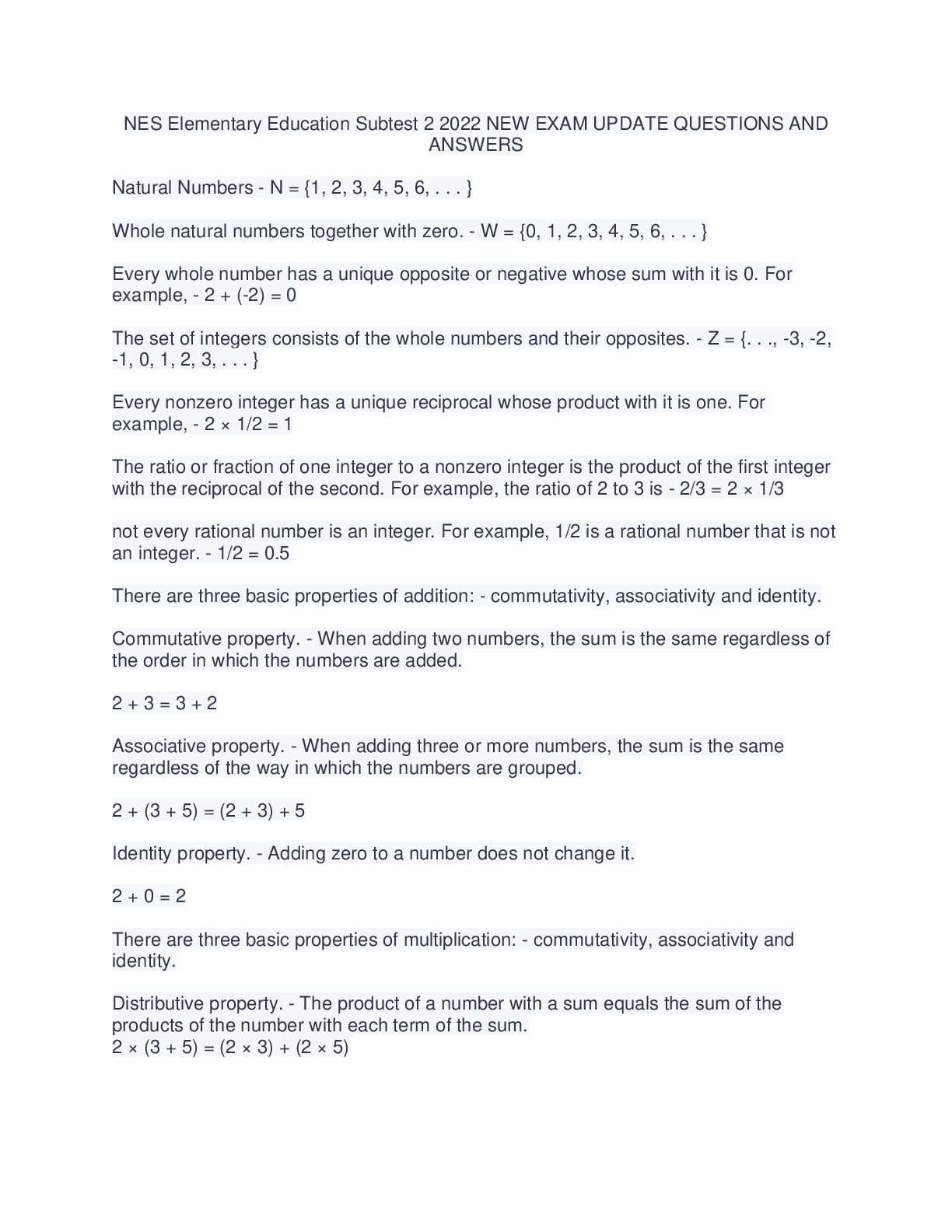
.png)


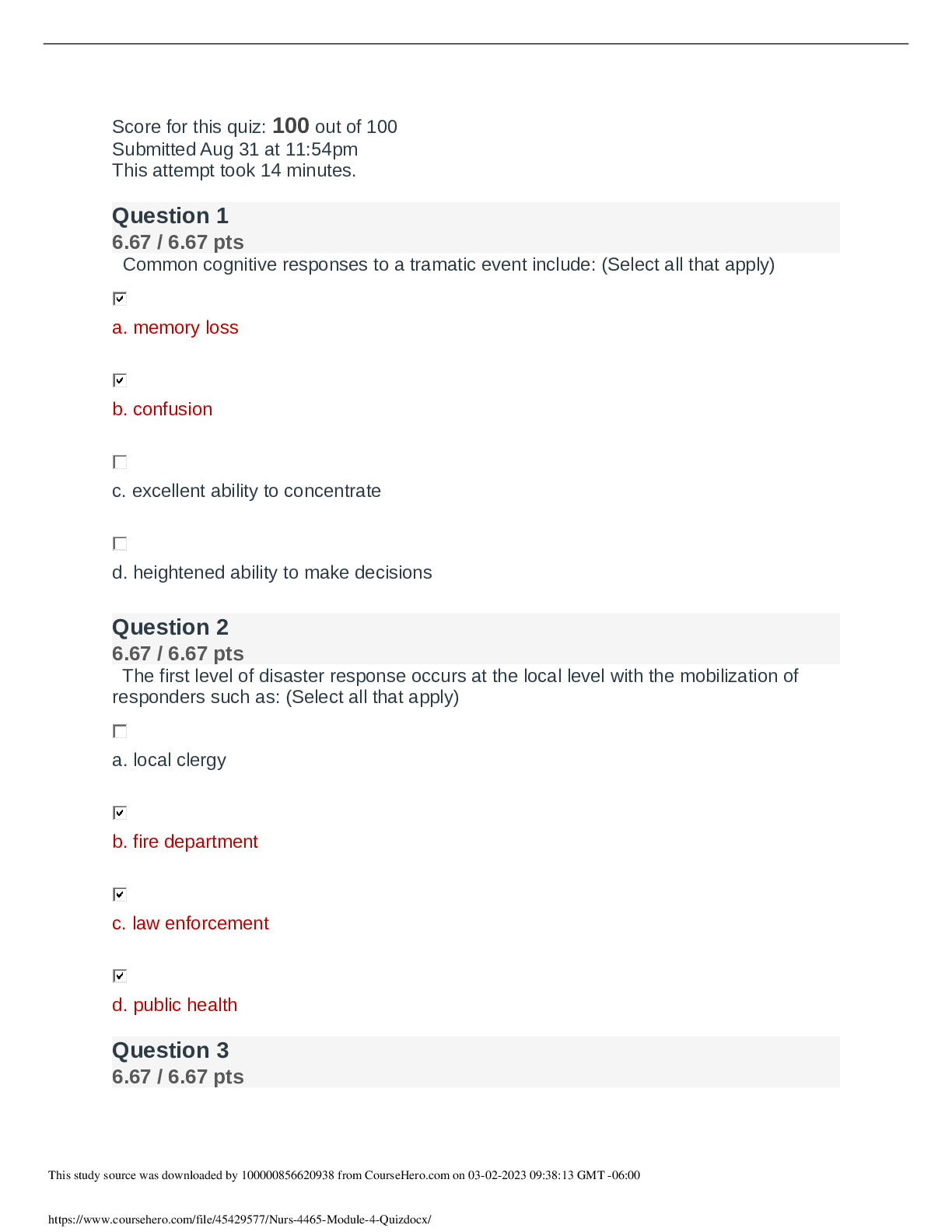
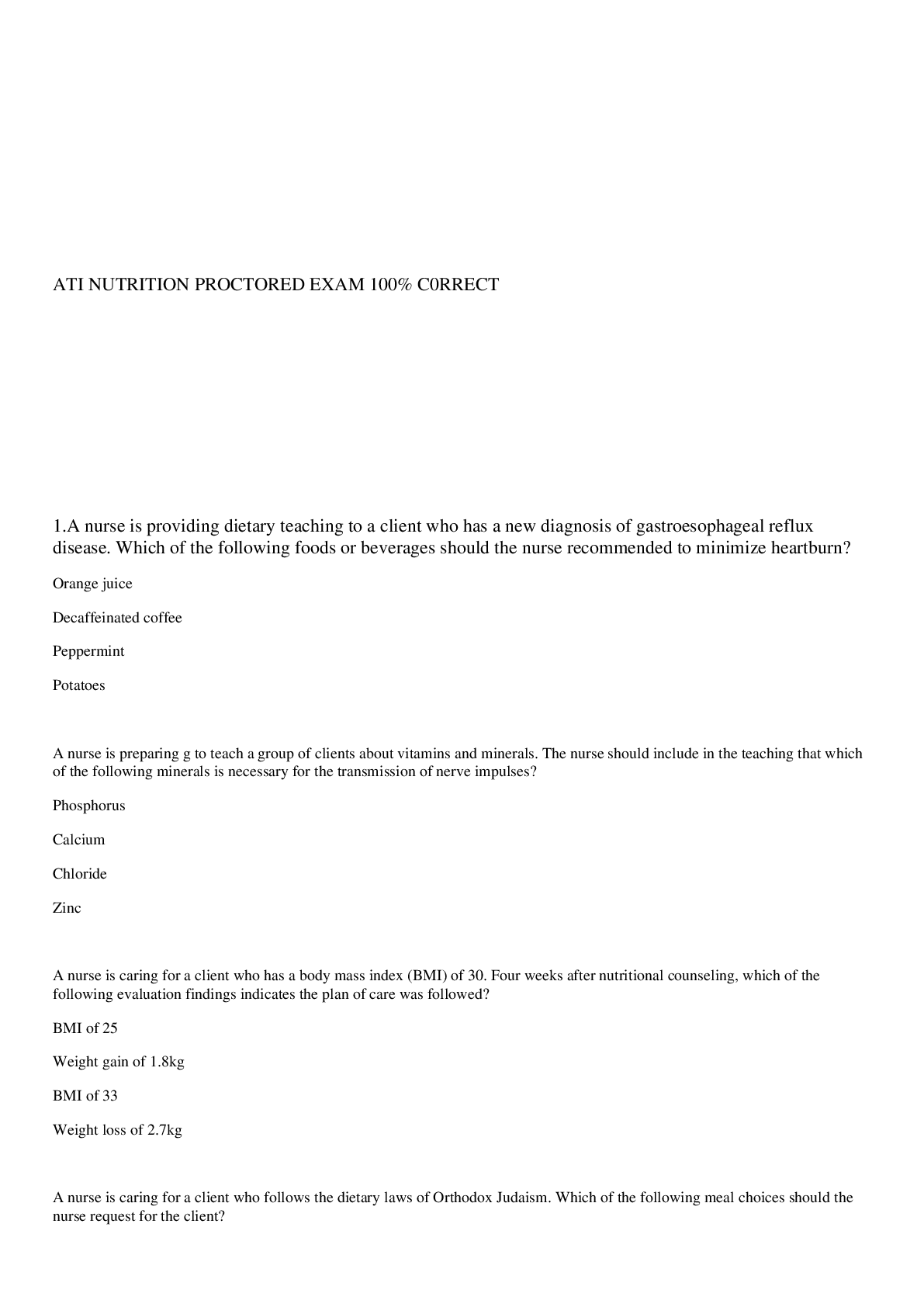
.png)

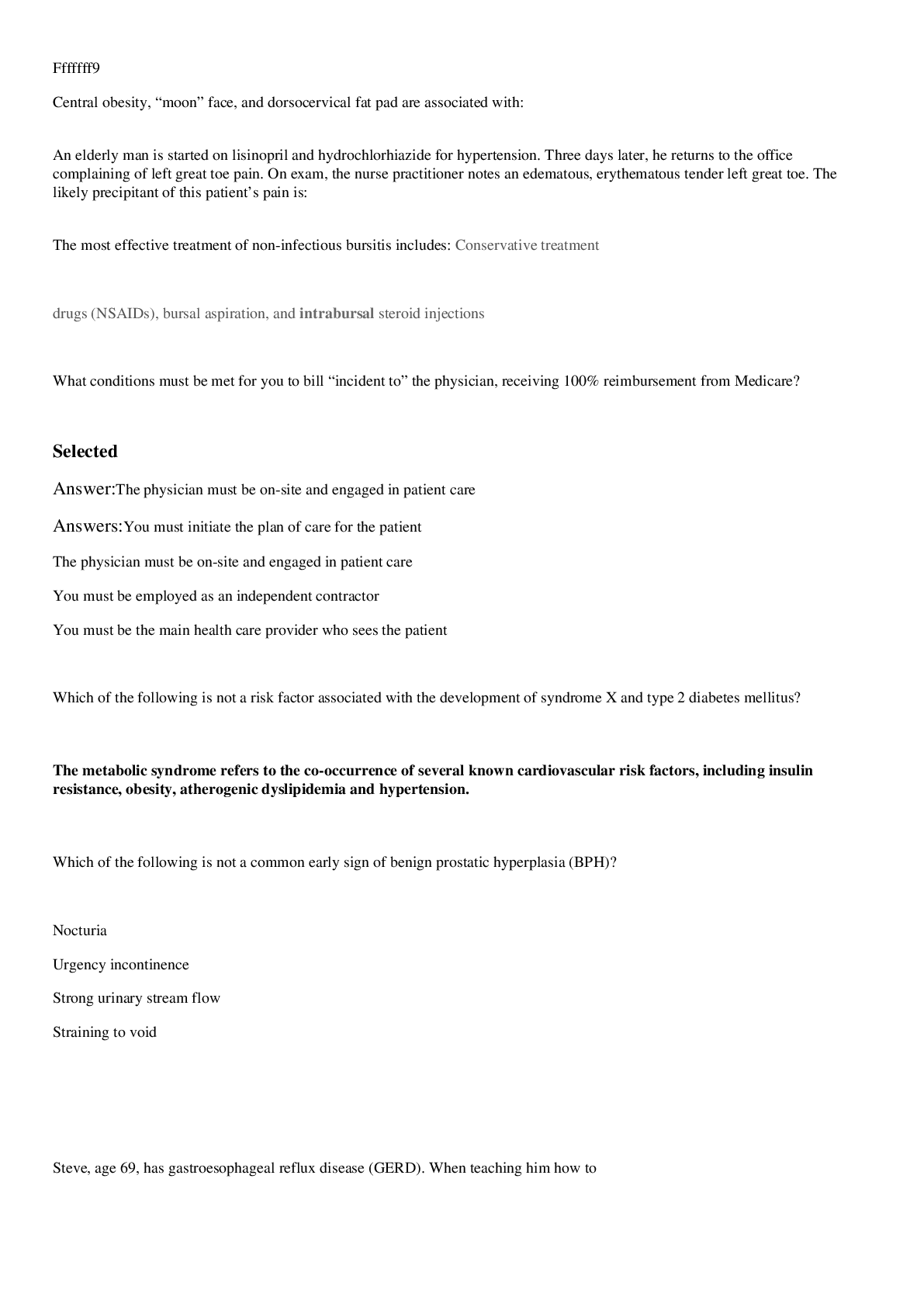
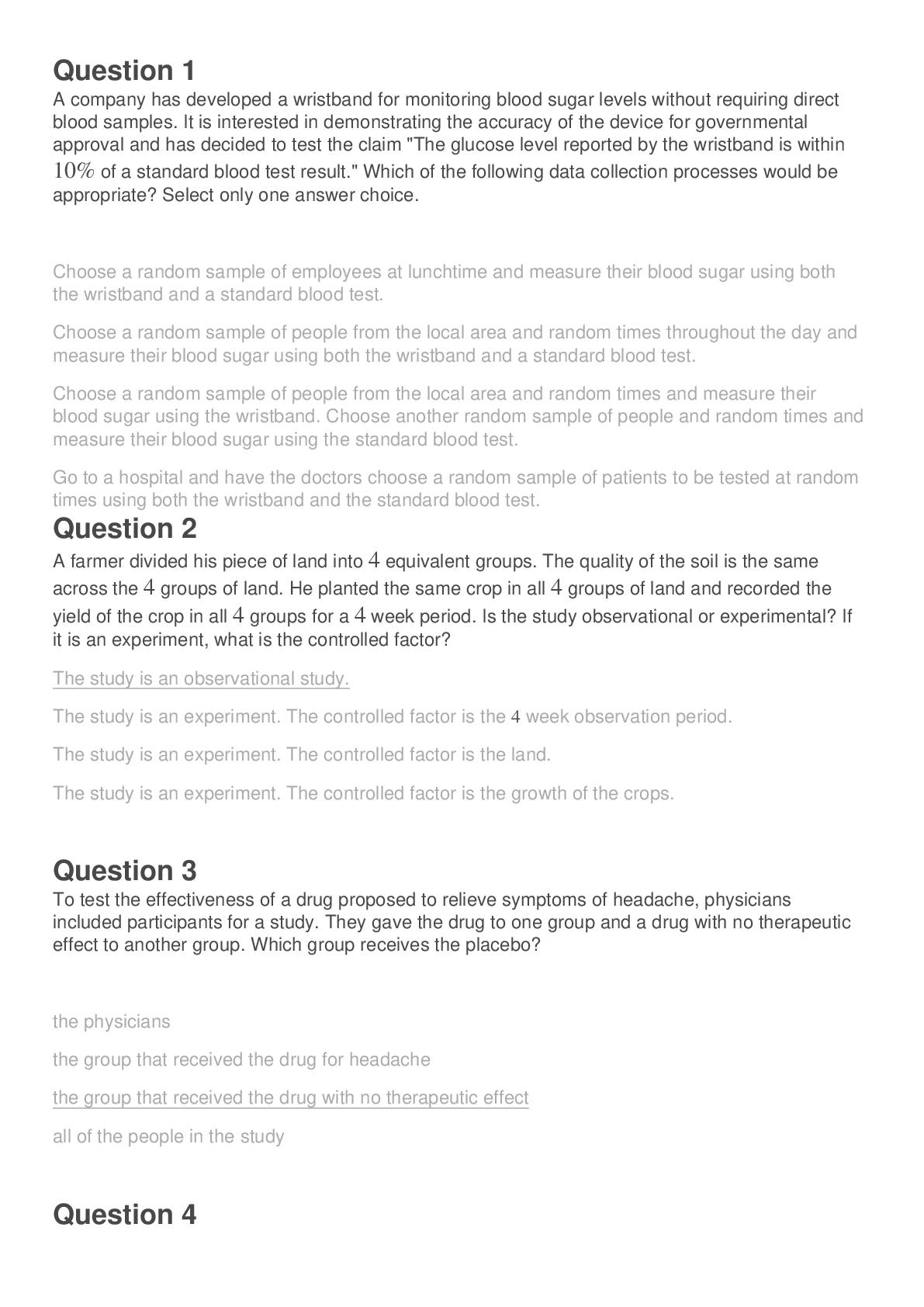
.png)
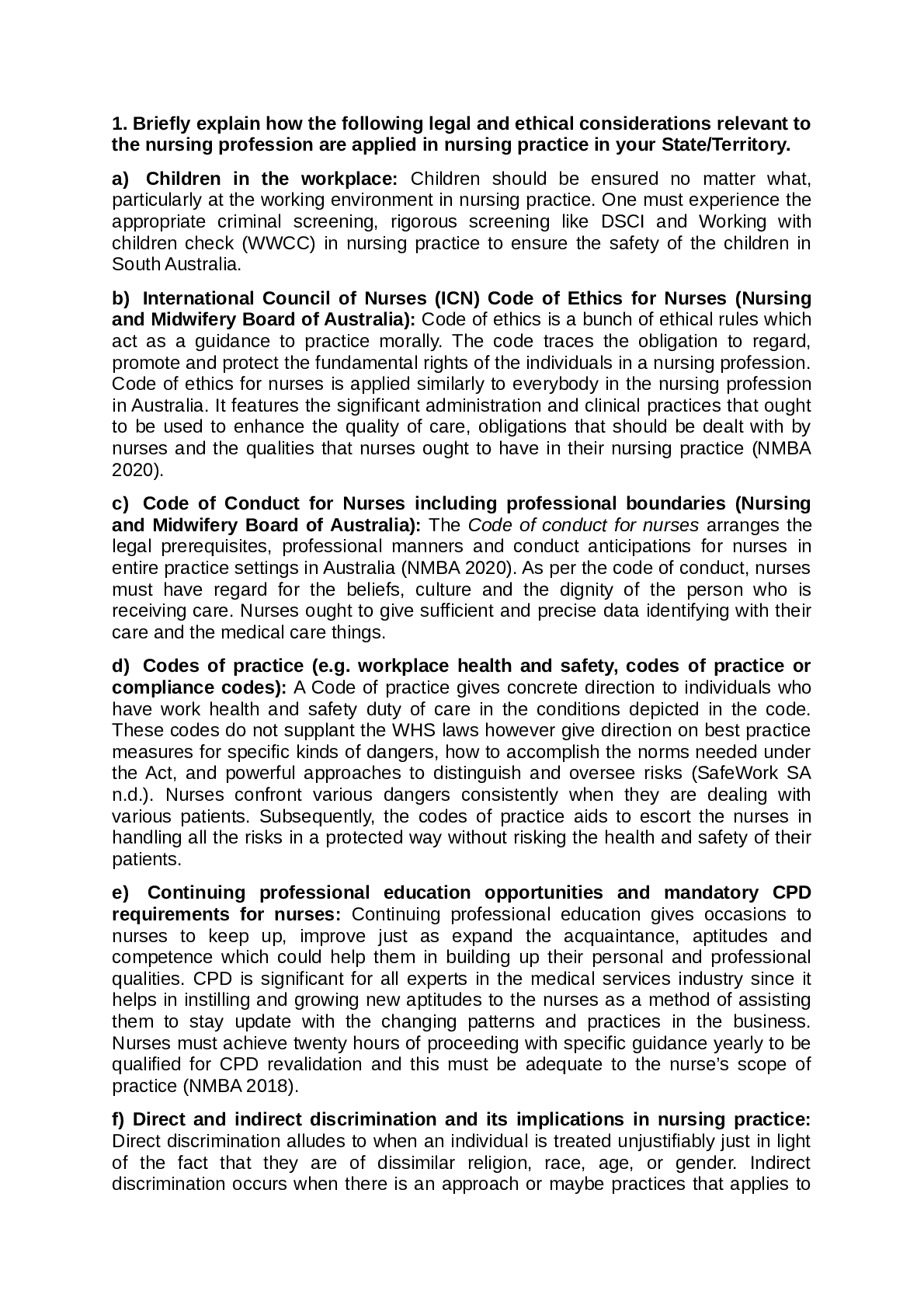

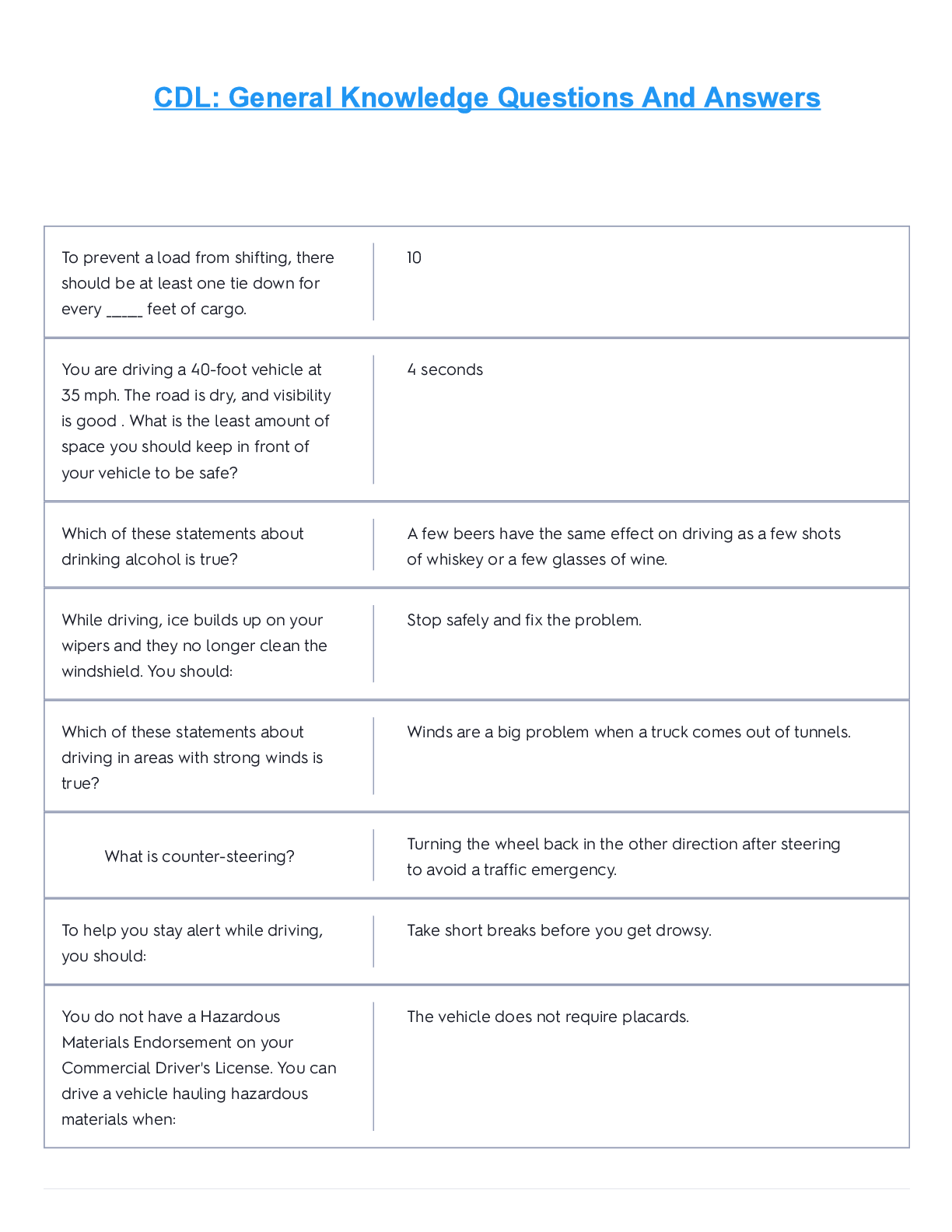

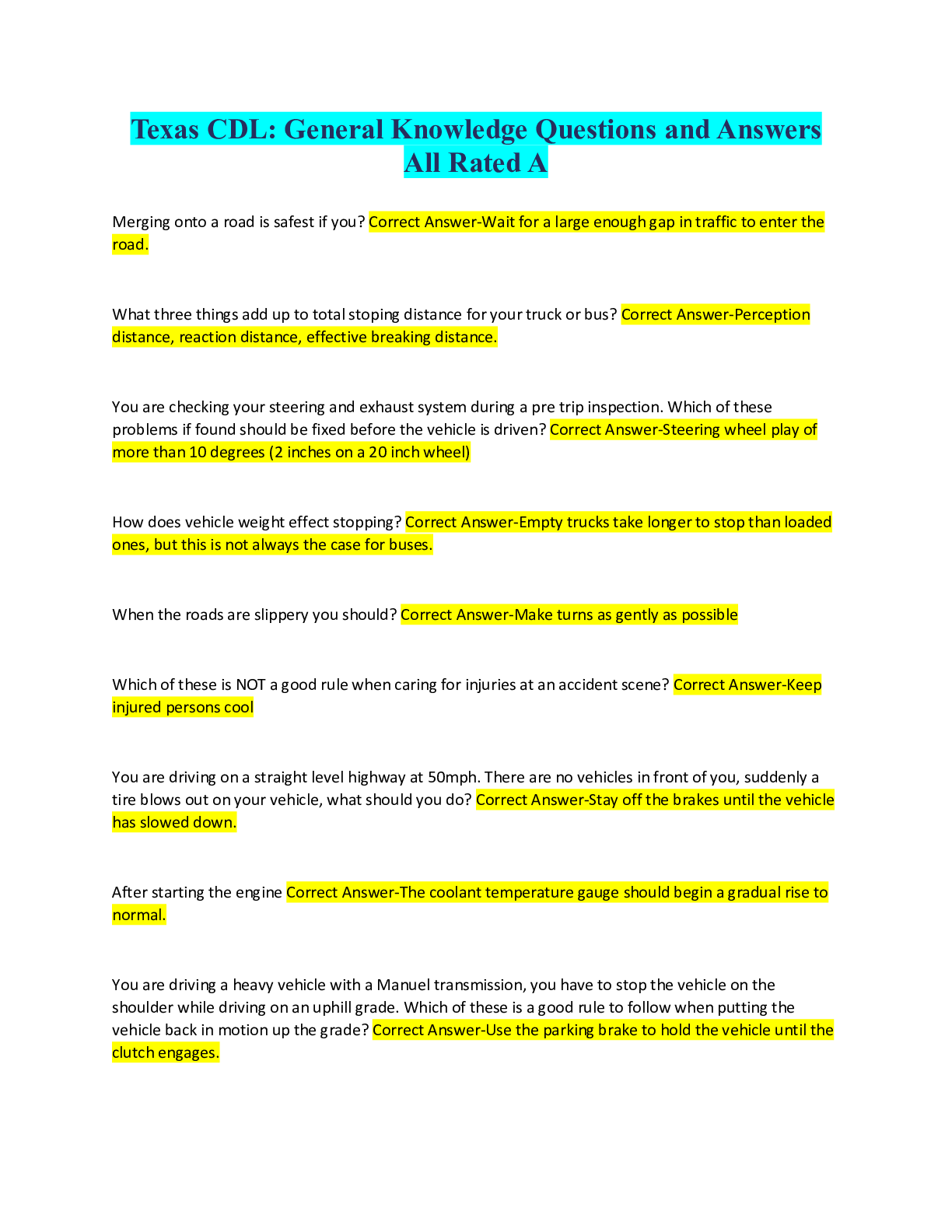
.png)
.png)

